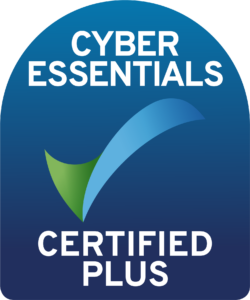When the best way to market a technology product, service or solution is also to show how it works, and what it can do, then a demonstration video makes good sense.
What doesn’t make sense is to produce a video that simply tries to replicate the equivalent of a technical user guide by combining actual user interfaces and drop down menu sequences with a monotonous voice-over. Worse still, don’t waste valuable marketing budget by simply producing a generic guide to a solution that can become a free backgrounder for competitors.
A good demo video strikes the right balance between showing how a technology works and telling the audience what it can achieve for them. Depending on the product, service or solution, it could be aimed solely at technical decision makers, in which case it will largely feature demonstration sequences but still translate these into recognisable benefits or advantages for a technical buyer. However, if the audience targeting is more fluid, it pays to punctuate the demonstration content with an explanation of the wider business impact and even how it can support a bolder vision.
Establish your demo video audience
Establishing your audience is key to integrating messages within sequences which explain features, functions or options but also translate them into recognisable benefits or advantages to say marketing, operations, finance or C level. Also, bear in mind that video is a medium that’s more likely to be shared if the original audience believes it has value to other people within their organisation – allow for ‘audience stretch’ when you’re considering draft content.
The potential for information overload is stronger in a demo video format. This can make the video difficult to follow and quickly turn off an audience. It’s a pitfall that’s best avoided by employing a writer who can combine technology insight with an ability to digest all that could be said – before reducing it down to only what should be said.
Explaining any technology is always easier when you can place it in the context of a use case or a sector application. You may even want to consider creating core video content around the explanation of features and functions but combine it with cutaway sequences that contain content and messaging that’s relevant to specific sectors. That way, you have the flexibility to develop more than one version of the video so it can be tailored to various sectors.
Finally, consider the next step for the audience and include a call to action that can take them to a consultative workshop, a white paper, a market briefing or possibly a customised app that can assist decision making.
The Rubicon Agency is an experienced advocate of video for technology marketing. We’ve categorised examples of our work into the seven most common formats, covering a range of subjects. What they share in common is the advantage of our tech sector expertise and market insight combined with our creative but pragmatic approach to production. Each of these videos has created measurable impact and return on marketing investment for our clients.
Watch a demo video from The Rubicon Agency Video Gallery now
